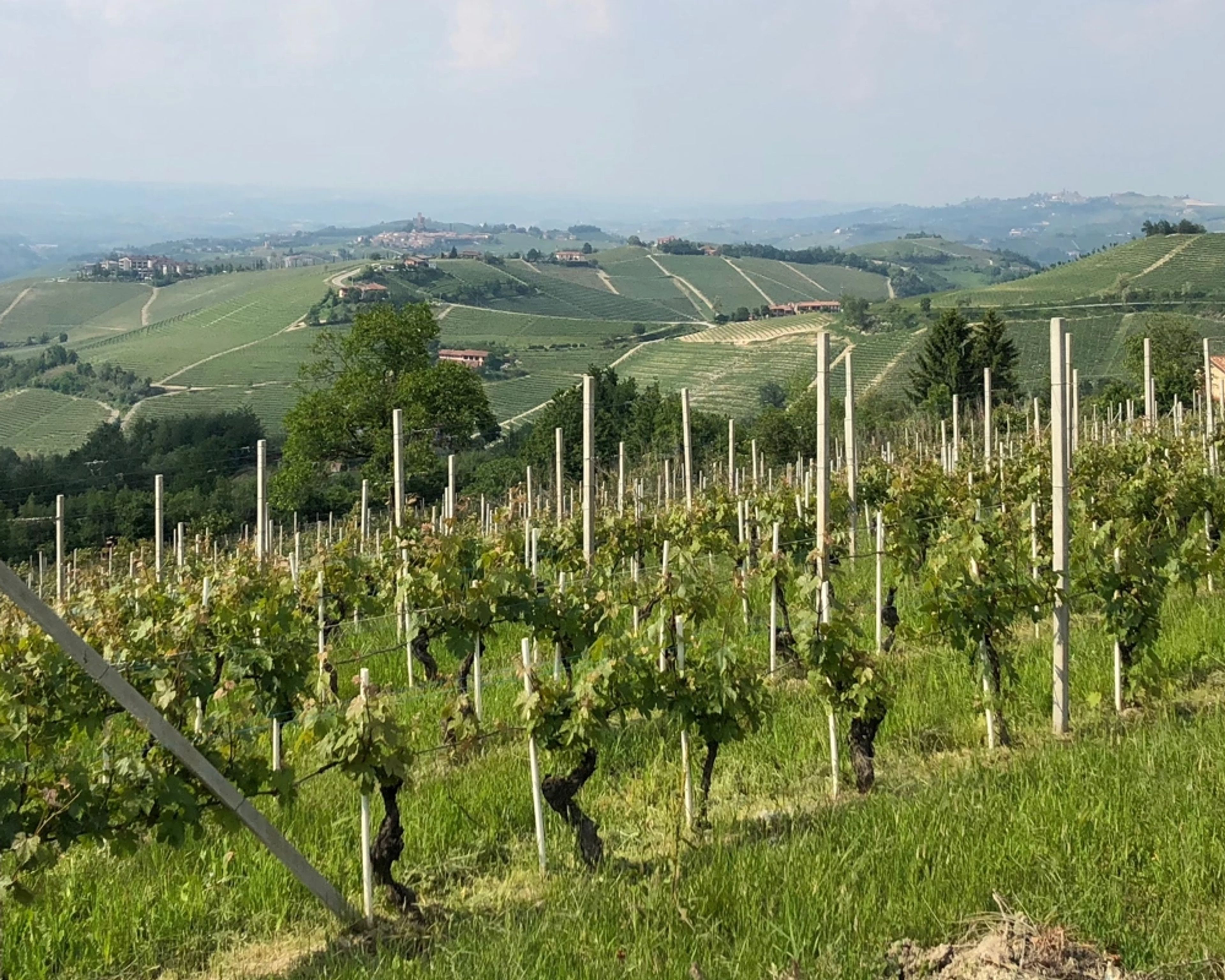

Italian wine
A Journey through Climate, Topography, Spirits, Rivers, Terroir, Grapes, Appellations, and More
Table of Contents
1. Introduction to Italian Wine
2. Climate and its Impact on Italian Wine
3. Topography and its Influence on Italian Wine
4. Spirits in Italian Wine Production
5. Rivers and their Role in Italian Wine
6. Terroir and Grape Varieties in Italian Wine
7. Appellations and Italian Wine Classification
8. Frequently Asked Questions about Italian Wine
9. Most Popular Italian Wines
Introduction to Italian Wine
Italy, a country renowned for its rich history, breathtaking landscapes, and exquisite cuisine, is also home to some of the finest wines in the world. From the rolling hills of Tuscany to the sun-drenched vineyards of Sicily, Italy offers a diverse range of wine styles that cater to every palate. In this comprehensive guide, we will delve into the fascinating world of Italian wine, exploring the factors that contribute to its exceptional quality and unique character.
Climate and its Impact on Italian Wine
Italy's diverse climate plays a crucial role in shaping the flavors and aromas of its wines. From the cool Alpine regions in the north to the warm Mediterranean climate in the south, each wine-growing region has its own distinct microclimate. This diversity allows for the cultivation of a wide variety of grape varieties, resulting in an impressive array of wine styles. Whether you prefer the crisp and refreshing whites of the north or the bold and robust reds of the south, Italian wine has something to offer for every taste.
Topography and its Influence on Italian Wine
Italy's varied topography, characterized by mountains, hills, and coastal plains, further contributes to the uniqueness of its wines. The steep slopes of the vineyards in regions like Piedmont and Lombardy provide excellent drainage and exposure to sunlight, resulting in wines with exceptional structure and complexity. On the other hand, the gentle slopes of regions like Veneto and Friuli-Venezia Giulia create ideal conditions for the cultivation of delicate and aromatic white wines. The combination of topography and climate creates a harmonious environment for grape cultivation, resulting in wines that truly reflect their terroir.
Spirits in Italian Wine Production
While wine is undoubtedly the star of the show in Italy, spirits also play a significant role in the country's winemaking tradition. From the iconic grappa to the aromatic amaro, Italian spirits add depth and complexity to many wine styles. These spirits are often used for fortification, as in the case of Marsala wine, or as a base for traditional Italian cocktails like the Negroni and the Aperol Spritz. The integration of spirits into wine production is a testament to Italy's innovative and diverse approach to winemaking.
Rivers and their Role in Italian Wine
Italy's extensive network of rivers also plays a significant role in the country's winemaking. Rivers like the Po, Adige, and Tiber provide essential irrigation, particularly in the drier southern regions. They also contribute to the microclimates of the vineyards, influencing the ripening of the grapes and the character of the wines. The proximity of vineyards to rivers often results in wines with a unique minerality, adding another layer of complexity to the Italian wine landscape.
Terroir and its Importance in Italian Wine
Terroir, a French term that refers to the natural environment in which a wine is produced, is a concept that is deeply ingrained in Italian winemaking. It encompasses factors such as soil, climate, and topography, all of which contribute to the unique characteristics of a wine. Italian winemakers place great emphasis on expressing the terroir in their wines, believing that it is this sense of place that sets their wines apart. From the volcanic soils of Etna to the limestone-rich soils of Chianti, the diverse terroirs of Italy give rise to an array of wines with distinct personalities.
Grapes and Appellations in Italian Wine
Italy boasts over 350 indigenous grape varieties, more than any other country in the world. These range from the well-known Sangiovese and Nebbiolo to lesser-known varieties like Verdicchio and Aglianico. Each variety thrives in specific regions, known as appellations, which are strictly regulated to ensure the quality and authenticity of the wines. This diversity of grape varieties and appellations is one of the reasons why Italian wine is so varied and exciting.
Conclusion: The Richness of Italian Wine
In conclusion, the richness of Italian wine lies in its diversity. From the varied climates and topographies to the multitude of grape varieties and appellations, every aspect of Italian wine is intricately linked to create a symphony of flavors and aromas. Each bottle tells a story of the land, the climate, and the people who have dedicated their lives to the art of winemaking.
Discover the World of Italian Wine with Wineandbarrels
Now that you've embarked on this journey through the richness of Italian wine, why not continue your exploration? At Wineandbarrels, we offer a curated selection of wine accessories that will enhance your wine tasting experience. From elegant wine glasses to sophisticated decanters and wine coolers, our products are designed to bring out the best in every bottle.
Whether you're a seasoned wine connoisseur or a curious beginner, our webshop is the perfect place to find everything you need to enjoy Italian wine to the fullest. So why wait? Visit Wineandbarrels today and elevate your wine tasting experience to new heights.